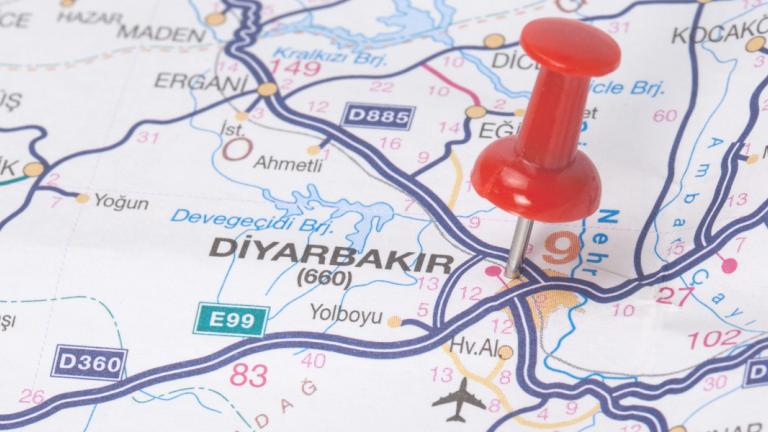The report aims to show the link between the destructive power of earthquakes and Turkey's continued vulnerability to disasters and the democratic balance and supervision system.
The report, which also focuses on Chile and Japan examples, which are important examples of reducing vulnerability to natural events, assesses how these countries can be prepared for disasters through accountability and transparency.
The report notes that the February earthquakes powerfully exposed the extent of Turkey's vulnerability to earthquakes.
"The failure to effectively reduce this vulnerability 24 years after the 1999 earthquakes, which are considered a landmark in terms of earthquake-related measures, has brought the adequacy of Turkey's measures against earthquakes back into the conversation."
The report also discussed practices implemented after the 99 earthquakes. The two salient problems about these practices are as follows;
- The Construction Supervision Law, which was implemented in 19 pilot provinces when it came into force, has only been in effect throughout Turkey since 2011. Considering that Turkey is located in an area where devastating earthquakes can occur, waiting 10 years to implement the Construction Supervision Law throughout Turkey is not only a waste of time, but it has also resulted in an increase in non-seismic (i.e., non-monitored) building stock in Turkey, as some provinces in the earthquake zone remained exempt from the current inspection.
- With an amendment to the legislation on building control in 2013, professional chambers were completely excluded from building control. With this change, construction inspection became an ongoing process between contractors, the Ministry, local governments, and construction inspection companies. Many construction companies also established inspection companies. As a result of this process, construction inspection has become a closed system in which the inspector and the auditor are similar. In addition, the fact that construction contractors can determine the construction inspection company to conduct the inspection has made construction inspection problematic in practice.


STGM YouTube Channel
On the STGM YouTube Channel, you can find various tutorials, presentations and current discussions on civil society. Check out our channel now and subscribe.






